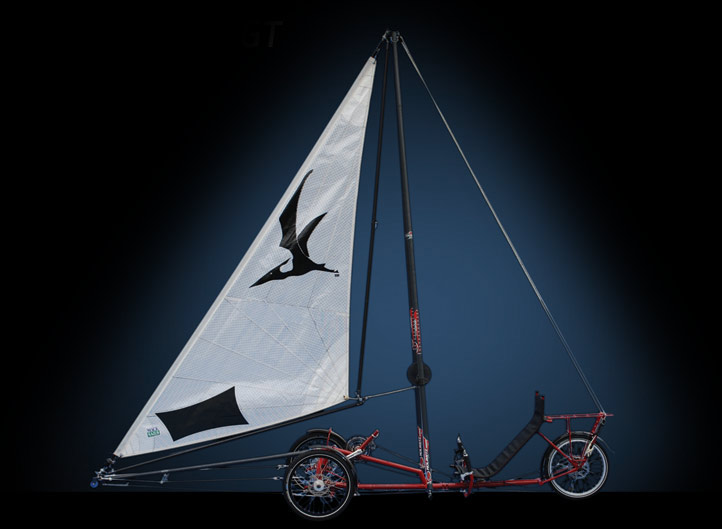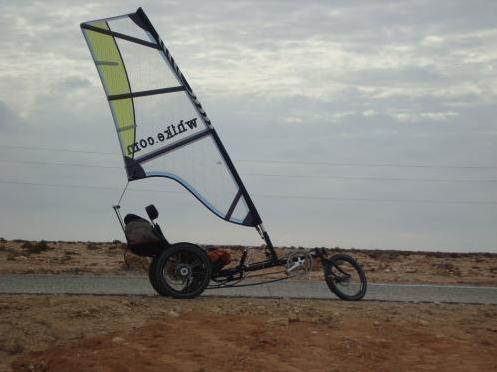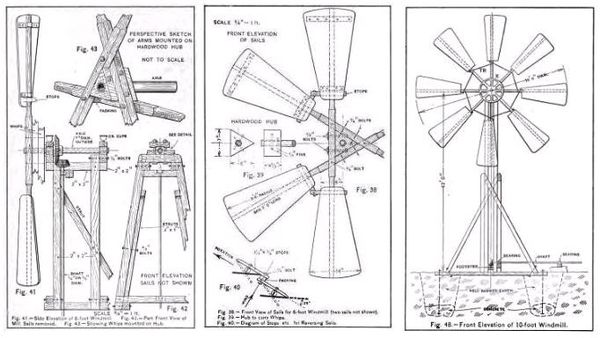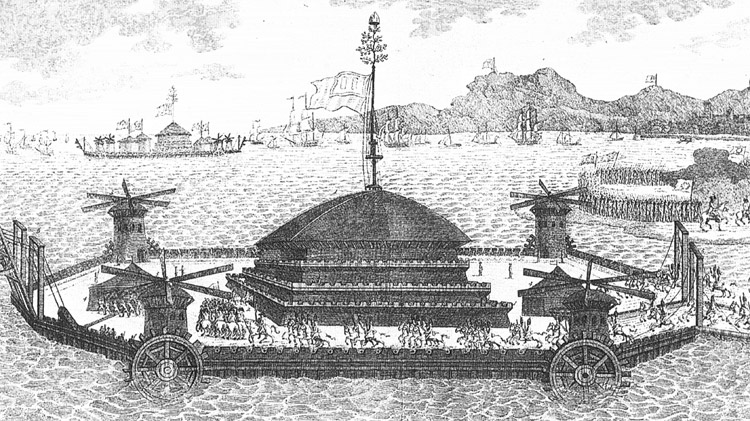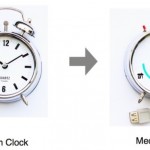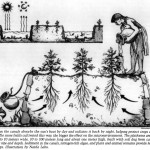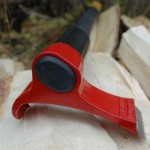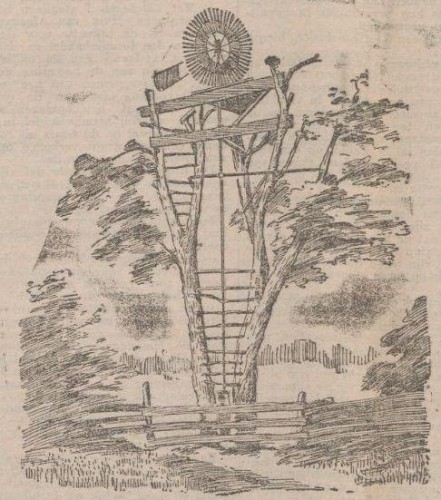 Last year, William Kamkwamba made headlines around the world with his crude windmills built out of tree trunks and scavenged materials.
Last year, William Kamkwamba made headlines around the world with his crude windmills built out of tree trunks and scavenged materials.
He could have saved himself some work if he had seen the illustration on the right, which I copied from a 1901 Dutch newspaper. The accompanying text says:
“Windmills are ugly contraptions and many attempts have been made to make them look better. This illustration shows how nature and mechanics can coexist.”
“It is a windmill constructed in combination with two trees. The trees only serve as a support for the upper part and for the ladder to reach the top. The mill was built in Illinois (US) and worked so well that several have been constructed.”
I could not find any more information about it.
